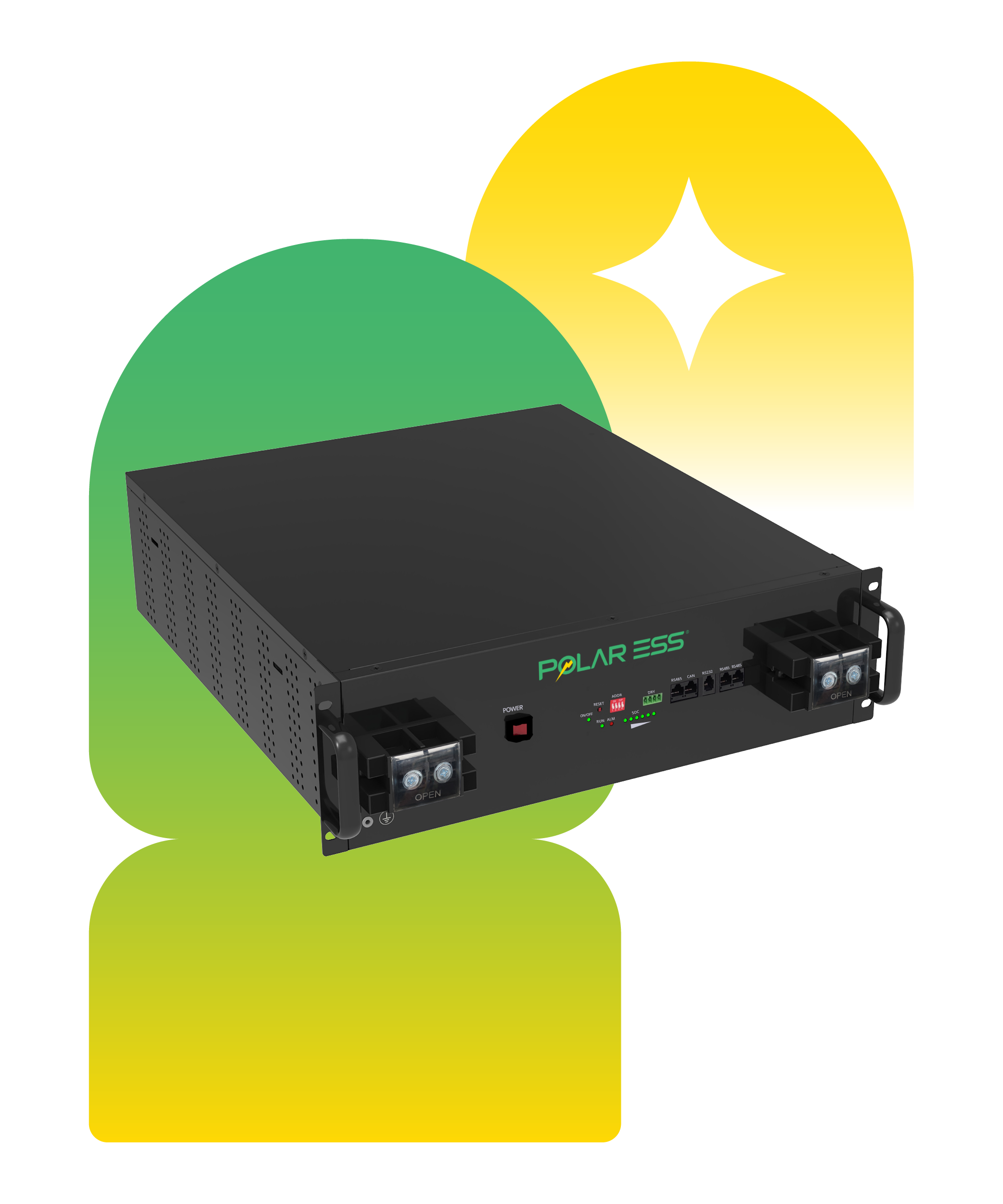
With the increasing demand for renewable energy sources, the development of efficient and reliable energy storage systems has become crucial. One such breakthrough technology is the Lithium Iron Phosphate (LFP) battery, which holds immense potential in revolutionizing the way we store and utilize energy.
The Superiority of LFP Battery
The lfp battery stands out among other lithium-ion batteries due to its exceptional safety features, long lifespan, and high thermal stability. Unlike traditional lithium-ion batteries that use cobalt-based cathodes, LFP batteries employ iron phosphate as a cathode material. This eliminates concerns related to cobalt supply chain issues and reduces environmental impact.
Moreover, LFP batteries have a longer cycle life compared to other lithium-ion technologies. They can withstand thousands of charge-discharge cycles without significant capacity degradation. This makes them ideal for applications requiring frequent cycling or deep discharge scenarios.
Solar Energy Storage System: Harnessing Renewable Power Efficiently

In recent years, solar energy has gained tremendous popularity as a clean and sustainable power source. However, one major challenge with solar power is its intermittent nature due to variations in sunlight availability throughout the day. To overcome this limitation and ensure continuous power supply from solar installations, an efficient energy storage system is essential.
LFP batteries are well-suited for solar energy storage systems due to their ability to store excess electricity generated during peak sunlight hours for later use when there is no direct sunlight available. By integrating LFP batteries into these systems, we can maximize self-consumption of solar-generated electricity while minimizing reliance on grid power during non-sunlight hours.
Polar ESS: Pioneering Sustainable Energy Solutions
Polar ESS (Energy Storage System) is a leading provider of advanced energy storage solutions that leverage the power of LFP batteries. Their cutting-edge technology enables efficient integration of renewable energy sources into existing grids, reducing carbon emissions and promoting sustainable development.
Polar ESS’s innovative approach involves combining LFP battery technology with intelligent software systems to optimize energy usage, improve grid stability, and enable demand response capabilities. This not only enhances the reliability and efficiency of renewable energy systems but also facilitates the transition towards a greener future.
Conclusion
The emergence of LFP batteries has revolutionized the field of energy storage by offering superior safety features, long lifespan, and high thermal stability. These qualities make them an ideal choice for solar energy storage systems like Polar ESS, which aim to harness renewable power efficiently while minimizing environmental impact. With continued advancements in this technology, we can expect further breakthroughs in clean and sustainable energy solutions.

